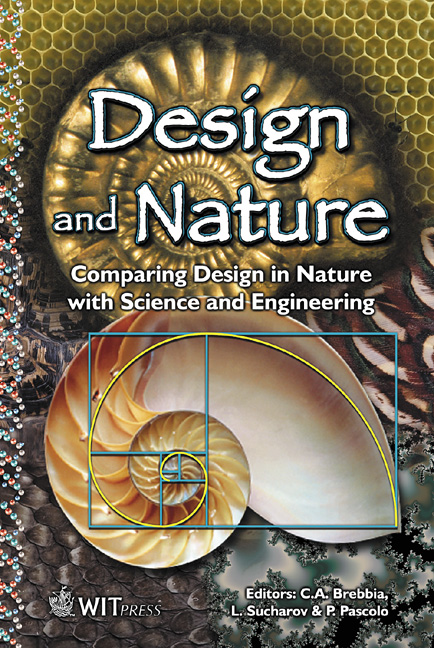Miniature Attachment Systems: Exploring Biological Design Principles
Price
Free (open access)
Transaction
Volume
57
Pages
Published
2002
Size
961 kb
Paper DOI
10.2495/DN020131
Copyright
WIT Press
Author(s)
S. N. Gorb
Abstract
One of the greatest challenges for engineering science today is miniaturisation. Insects and other arthropods have solved many problems correlated with small size during their evolution. A variety of biomechanical systems of insects, adapted for attachment of parts of the body to each other or attaching the organism to a substrate, are the main topic of the present paper. There are eight fundamental classes of attachment principles: clamp, spacer, sucker, expansion anchor, hooks, lock or snap, adhesive secretions, and friction. Different combinations of these principles occur in the majority of biological attachment structures. Friction-based probabilistic fasteners provide precise reversible coupling of surfaces with a minimum expenditure of force. Patent databases contain a huge number of ideas dealing with applications of existing fasteners. However, most of these applications use the same types of available hook-like tapes. Biological systems provide a variety of microscale surface patterns, which may serve as a source for future prototyping of novel types of releasable fasteners and micro-fasteners. An engineering approach is to copy the surface profile using available technologies. As an initial stage of prototyping diverse surface microsculpture, the low-viscosity wax cast technique is applied to produce surface casts. Since forces in the contact areas of most biological systems have not been previously measured, the first step in this direction is taken toward identification of the interesting properties of system. This approach combines the knowledge of biologists and the measuring techniques used in material science. There are three main areas, in which Nature’s solutions of attachment problem may be applied: (1) precise mechanics, (2) gluing and joining technology, and (3) material science of surface-active composite materials.
Keywords





